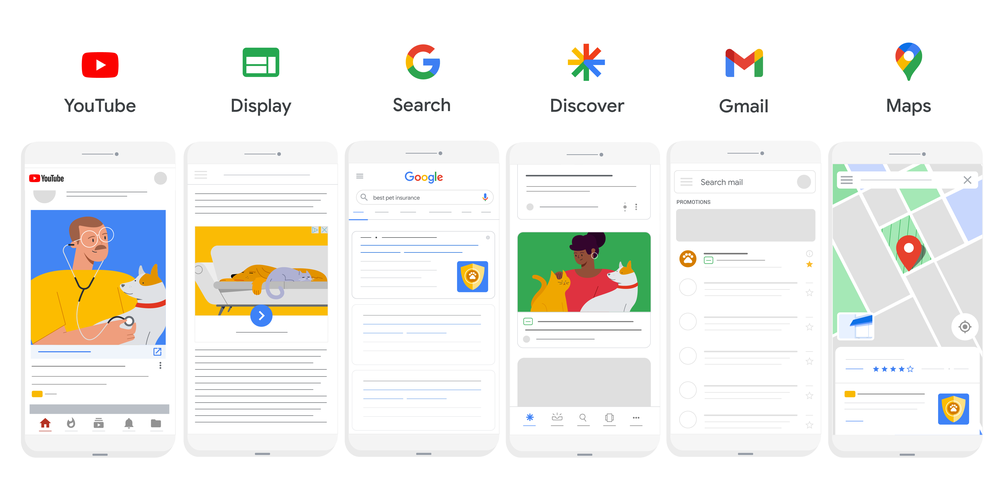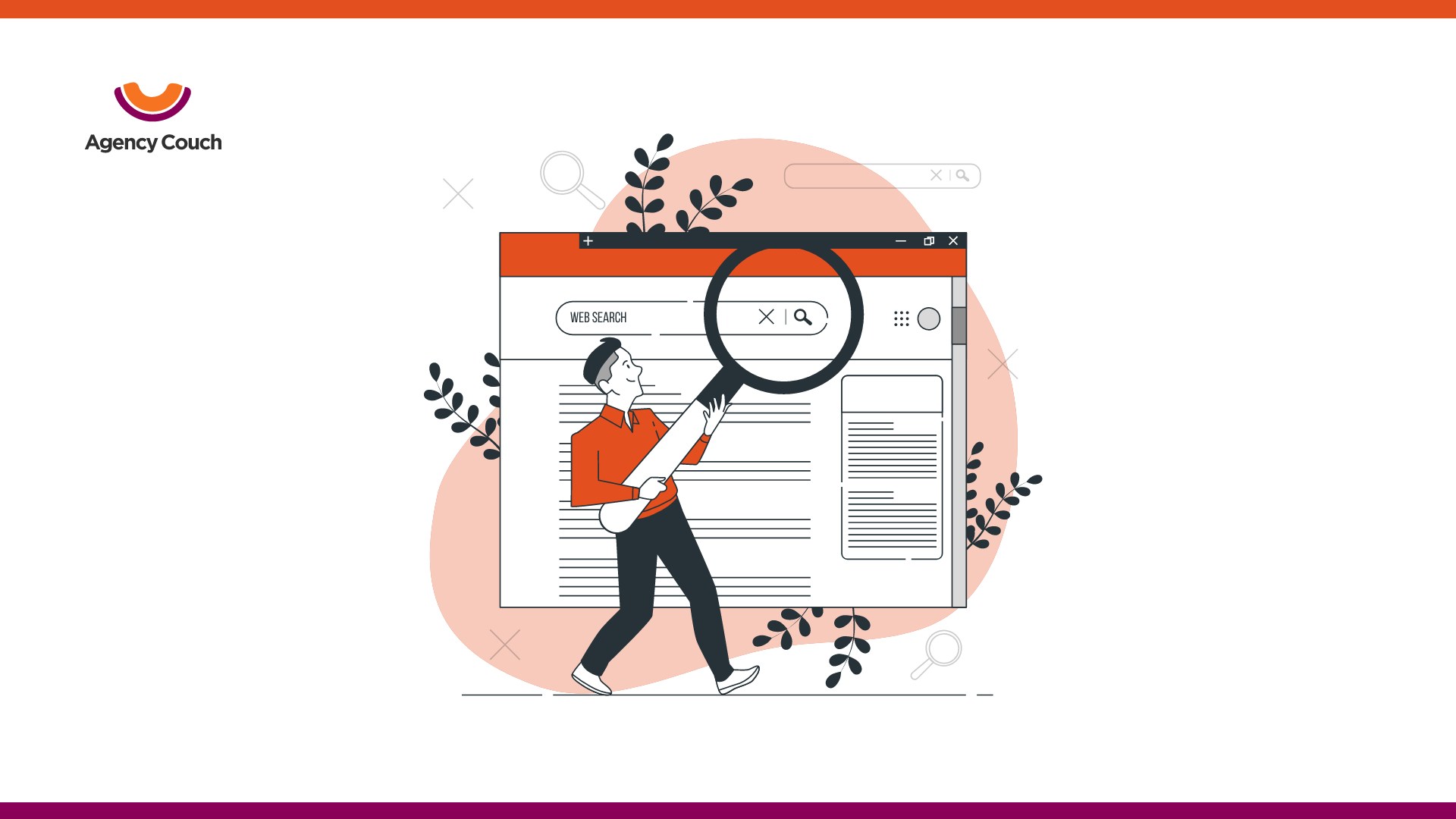Performance Max Campaigns are Google’s next move to simplify advertising across various Google Ads channels. Ever since Google announced this new campaign type in November 2021, it has become the talk of the town among advertisers, and many have started to experiment with it.
Till now, marketers hold diverse views regarding how good this new launch is. But almost all of them agree on one point- that Performance Max Campaigns are a stroke of luck for new advertisers.
In this post, we will analyze what are Performance Max Campaigns, what are their benefits and limitations, how they perform, and what are the best practices you should employ to get the maximum advantage of them.

What are Performance Max Campaigns?
Performance Max Campaigns are intended to maximize your ad’s performance across all channels with the help of automation. With these campaigns, you can target various channels to show your ad from a single platform.
In a way, this initiative is aimed at enabling you to promote your business on all Google inventories, including Display, Search, YouTube, and Shopping and target more customers in a similar budget that you spend on other campaigns.
As per Google’s claim, the advertisers who use Performance Max see around a 13% increase in total incremental conversions at a similar cost per action. Also, it has already been announced that both Smart Shopping and Local Campaigns will upgrade to Performance Max eventually.
You can check out the benefits of this campaign listed by Google itself here.
Analyzing Performance Max Campaign
Performance Max or pMax is a more dynamic and fully automated ad campaign that gives you the freedom to target your audience every place online. If you were to compare it with other types of ads, you will come across a variety of opinions. But to sum it up, alongside all the benefits of Performance Max that Google declared, pMax has its limitations too.
As for the practical advantages that have been apparent till now, there are three things to mention.
- pMax campaigns are fully automated, which means you reach more users with minimal effort.
- AI observes where users are engaging more with your ads and advances ad placements accordingly.
- Setting up a pMax campaign is a no-brainer. So, you can run your ads with little to no expertise in this field.
Now, let’s talk about its limitations. Advertisers, who have a great understanding of PPC and other facets of running ad campaigns and have been reaping revenues, are more on the criticizers’ side of the game. The reasons are below.
Limitations of Performance Max
If automation simplifies something, it takes away control, too. This is the primary drawback of this campaign. You have no control over where to place your ad, how much budget is spent on which channel, and how your ad will look.
Some other limitations are:
Little to No Insights
It is like you are shooting in a dark range blindfolded. If your ad campaigns perform well, it’s good. But if they are not drawing results, you can have no idea what aspect of your campaign you should work on.
No Transparency
If you are running other ad campaigns simultaneously, pMax campaigns may take credit for them. So, it will again interfere with your marketing efforts and make it difficult for you to strategize your ads. This drawback also makes it harder for you to track the actual values pMax campaigns are harnessing.
Limited Optimization
Since Google takes care of most aspects of your ad campaigns in pMax, you are left with limited options to optimize your campaigns. If you usually optimize everything in your ad campaigns and witness results, the lack of control might frustrate you.
However, you are not completely powerless with Performance Max.
What Controls Do You Have?
Performance Max is goal-oriented, and this is the best thing about this campaign type. So, you can choose your objective, and depending upon that, you can customize your ad campaign on the below levels.
- Setting your budget and bidding preference.
- Selecting locations and languages for your ad campaigns.
- Setting up Asset Groups with your ad’s elements, such as headline, images, logo, etc.
- Configuring ad extensions based on your goals.
- Feeding your first-party data to pMax so that the AI learns who your target audience is.
- Defining your audiences and their demographics.
When Should You Use Performance Max Campaigns?
Performance Max campaigns are your best bet when
- You are a small or mid-sized company, and you lack resources to optimize ad campaigns.
- You have no knowledge or expertise in PPC and other ad campaigns.
- There is a budget crunch to target all Google ad inventories.
- You want to target all Google ad campaign types without overflowing your budget.
- Budget is not a restriction for you, and you want to run your ad on all Google inventory.
How To Start With pMax Campaigns?
Before starting a new pMax campaign, you must enable conversion tracking on your website. You can either direct events from your Google Analytics account or create a new setup from the “settings” page.
1. Create a New Campaign
In your Google ad account, move to the ‘campaign’ option and click on ‘new campaign’. It will ask you to select the objective of your campaign from the already available options. You can also choose to ‘create a campaign without a goal’s guidance.
2. Select Campaign Type
Under the tab where it says, “Select a campaign type”, choose ‘Performance Max”. In the next step, type the name of your campaign.
3. Set Budget and Bidding Option
Your campaign’s budget and bidding option would depend on your goal. You can also set a target cost per action to further optimize your ad campaign. Below is what Google has suggested about budget allocation,
“Try an average daily budget of at least three times your CPA or cost per conversion for the conversion actions selected for your campaign. Generally, the budget should be consistent with other well-performing campaigns in your account.
If a budget is too low relative to the CPA or cost per conversion, you might see a slower ramp-up period or fewer conversions over several days.”
4. Add Locations and Languages
Select a location from the drop-down menu. If you wish to add more than one location, choose “enter another location”. This will further expand into a blank space where you can use the advanced search option to add more places.
Add the languages spoken by our target audiences and schedule ads from the same menu.
5. Set Up Asset Group
On the ‘Assets’ page, you can perform a variety of tasks, including adding the final URL and uploading ad-relevant images, videos, logos, and headlines and descriptions. pMax then will use these assets to create ads for you. You can create more asset groups for each product or feature of your service.
6. Optimize Your Content Well
Even when pMax is going to take care of everything technical, your ads won’t perform if the headlines and descriptions are not well-optimized, data is incomplete, and images are poor/irrelevant. You need to adopt the best copywriting and SEO practices for your ads to appear appealing.
7. Add An Audience Signal
pMax uses audience signals to accelerate the campaigns in the beginning and target the right set of audiences without wasting time in hit and trial. Later on, the AI learns and identifies your target audiences on its own.
At last, you publish the campaign.
Performance Max Campaigns Best Practices
Here’s how you can maximize the outcome of your pMax campaigns:
Be Clear About Your Goals
pMax is a goal-based campaign. Define the business goals you want to achieve and select the relevant ones while setting up your campaigns. If you do not see an option matching your goal, you might want to try another type of ad campaign. pMax is the best campaign out there for focused goals, such as lead generation, online sales, or gaining website traffic.
Keep Your Assets Ready
Analyze your ad campaign and prepare all the assets in advance. You would need 3-5 Titles, 1-5 long headlines, 2-5 descriptions, 3-20 marketing images, up to 5 logos, up to 5 videos, 1 CTA, and 1 media pack. Provide as many assets as you can so that it can create a variety of ads. You can refer to this Google’s Asset reporting in pMax guide.
Keep Final URL Expansion On
The Final URL Expansion feature is by default on. This feature helps your ad appear for relevant search queries that you haven’t targeted. The Final URL Expansion feature matches your landing page with relevant queries, improving your chances of conversions dynamically.
Utilize Audience Signal Feature
Know your audience well, and feed that data to pMax in order to guide it about your target audience. Provide as much info as you can, including location and languages. This step will guide AI to show ads to the right set of audiences and optimize campaigns faster. The automation will eventually pick up the data and even help you unlock new audience segments.
Refer to this Google’s best practice guide for optimizing your Performance Max Campaigns.
Final Thought
Automation has started to take charge, but you can strike a balance by utilizing automation for your benefit while keeping the control in your hands. Performance Max Campaigns are going to replace smart shopping and local campaigns. And as it is in its early phase, Google will roll out updates to improve the outcomes and usability of these campaigns.
It is apparent that you can’t completely do away with automation. So, it is best to learn how to use it in your favor. The best way is to test your ads with Performance Max, compare the results, and see what works best for you.
Agency Couch is a leading partner for digital marketing agencies, and one of our key service offerings is managing and optimizing Google ads for great results.



